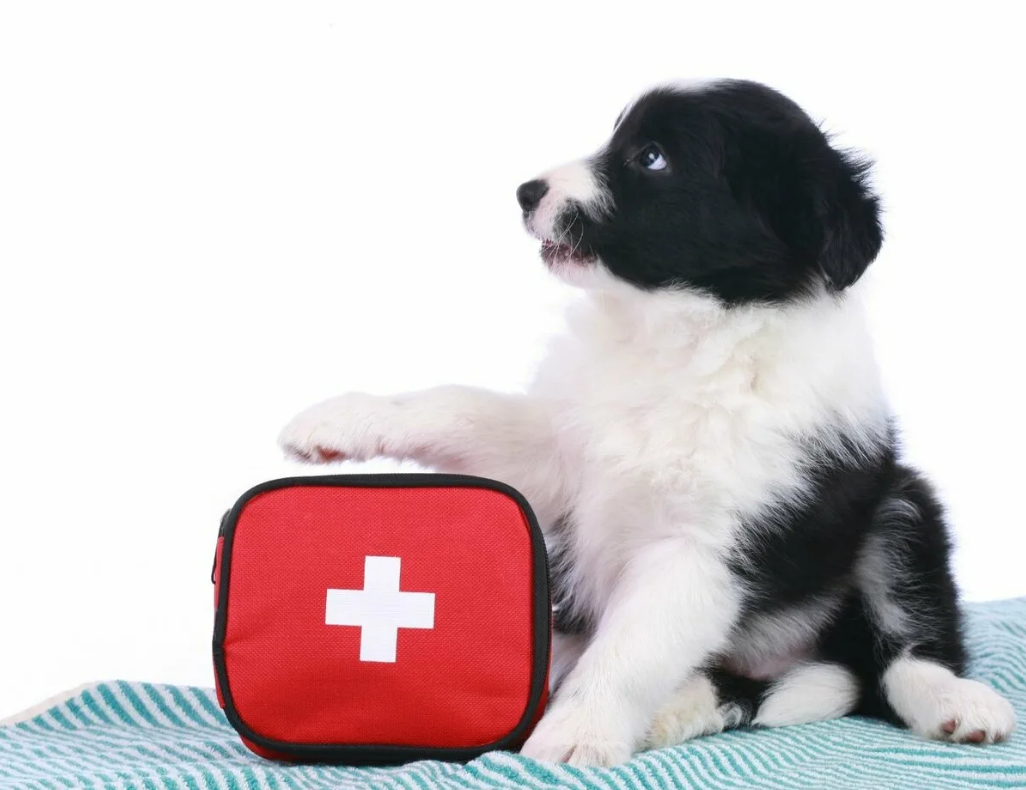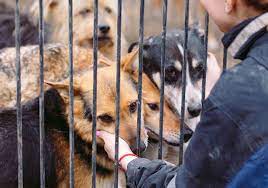Since our furry friends have become part and parcel of our family, preparing to deliver first aid to your dog has also become essential. You just never know when emergencies might arise, and having the knowledge and preparations in place makes all the difference. This ultimate guide covers everything you need to know about providing basic dog first aid tips, starting from assessing an injury and potentially CPR.
Table of Contents
ToggleUnderstanding Dog First Aid
Dog first aid is immediate care offered to a dog in an emergency case before help from a professional vet could be found. From a minor injury to something that will threaten its life, the skills and knowledge needed to address the case can mean life for your dog.
Why is Dog First Aid Important?
1. Do-or-Die Moments: Every second counts. Knowing what you are supposed to do can help prevent further injury or complications.
2. Less Panic in Stressful Situations: First aid knowledge will give you the composure you need when your pet is at its worst.
3. Higher Survival Rate: Early first aid could result in a better survival rate and recovery in serious cases.
Kit of First Aid for Your Dog
Before moving on to the specific techniques, you need to ensure that you have an adequately supplied first aid kit. Here is what you should have:
Gauze pads and bandages: Use them to bind the wound and limit the bleeding
Adhesive tape: You will use it to tie bandages in place
Antiseptic wipes or solution: These will be used to clean out a wound
Tweezers: Use them for removing splinters or ticks
Scissors: These are used for cutting tape, gauze, or fur, depending on what you might have around.
– Thermometer: To check fever; normal temperature for a dog is between 101°F and 102.5°F.
– Hydrogen peroxide (3%): To induce vomiting in your dog, if necessary, due to poisoning. Always consult your vet before giving it.
– Muzzle: In case your dog is in pain, to prevent him from biting.
– Blanket: To warm up your dog or to use as a stretcher.
– Dog first aid book: References in case of an emergency.
Stocking Your Kit
You can purchase a pre-assembled kit or assemble your own. It should be readily available and you should check the supplies periodically to ensure expiration dates.
Assessing Your Dog’s Condition
Before you administer first aid, assess your dog’s condition. Check the following:
1. Responsiveness: Is your dog responsive or lethargic?
2. Breathing: Is your dog breathing normally? Is your dog showing signs of respiratory distress?
3. Visible Injuries: Look for bruising, swelling, or fractures.
4. Behavioral Changes: Sudden aggression or hiding may indicate pain.
Common Dog Injuries and First Aid Tips
1. Cuts and Scrapes
What to Do
– Wound the wound gently with antiseptic wipes or solution.
– Apply a sterile gauze pad, covering it with adhesive tape.
– Check for signs of infection (redness, swelling, discharge).
2. Bleeding
What to Do
– Put pressure directly on the wound with a clean cloth or gauze.
– If possible, elevate the injured area.
If bleeding is still uncontrolled after 5–10 minutes, contact a vet immediately.
3. Sprains and Strains
What to Do
– Restrict movement and do not move your dog’s affected area.
Apply an ice pack to reduce swelling.
Seek your vet for further care.
4. Choking
What to Do
– Identify whether or not your dog is choking (pawing at the mouth, gagging, cannot breathe).
If your dog can still cough or bark, let him try to dislodge the object by coughing up or barking.
If your dog can’t breathe, do the Heimlich maneuver
For the smaller breeds, position the dog across your chest with his back against your chest then give a few firm thrusts inward and upward.
For large dogs: Stand behind the dog, reach around his waist and grab both of his elbows, then punch your fist into him inward and a little upward.
5. Poisoning
What to Do:
Determine whether will the poison is chocolate, grapes, xylitol, etc.
Dial your vet or the Pet Poison Helpline for advice
If advised, make your dog vomit using hydrogen peroxide- never do so without talking to a vet.
6. Heatstroke
What to Do:
Move your dog to a cooler area right now.
Bathe the fur of your dog with cool, not cold, water.
Provide small quarts of cool water for your dog to drink.
Contact your vet immediately, since heatstroke can be fatal.
7. Seizures
What’s Needed:
Clear the area around your dog so that they would not hurt themselves.
Do nothing with their mouth.
Time the seizure. If longer than 5 minutes, go to a vet.
Keep your dog calm and comfortable for the period following his seizure.
Dog CPR: A Saving Procedure
You must perform CPR on your dog in some emergencies. Here is a step-by-step procedure on how to do it:
When to Do CPR
Perform CPR in case your dog becomes unresponsive and does not breathe.
How to Perform Dog CPR
1. Position your dog: Lay them down on their right side on an open flat area.
2. Check breathing: If the dog is not breathing, begin CPR.
3. Compression of chest: Find the widest part of the chest and place your hands on it. Push down in their chest 1/3 of the way at the rate of 100-120 compressions per minute.
4. Mouth-to-snout resuscitation: After 30 compressions, pin the dog’s mouth shut and place your mouth over their nose; then blow gently until you see their chest rise. Repeat for two breaths.
5. Cycle continuation: Do 30 compressions followed by giving 2 breaths. Do this process until the dog starts breathing or reaches a veterinarian.
Conclusion
Every pet owner needs basic knowledge about dog first aid because such emergencies can appear at any time, and the thing that matters is being ready for the response. Learn these skills, keep refreshing them from time to time; also, consider taking a course in first aid for pets.
For more similar info:
https://www.stinevet.com › site › blog › 2024/05/15 › pet…
































